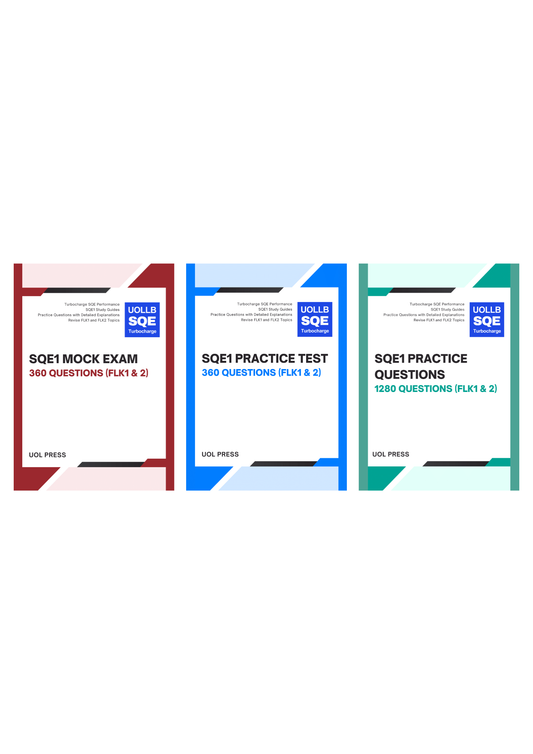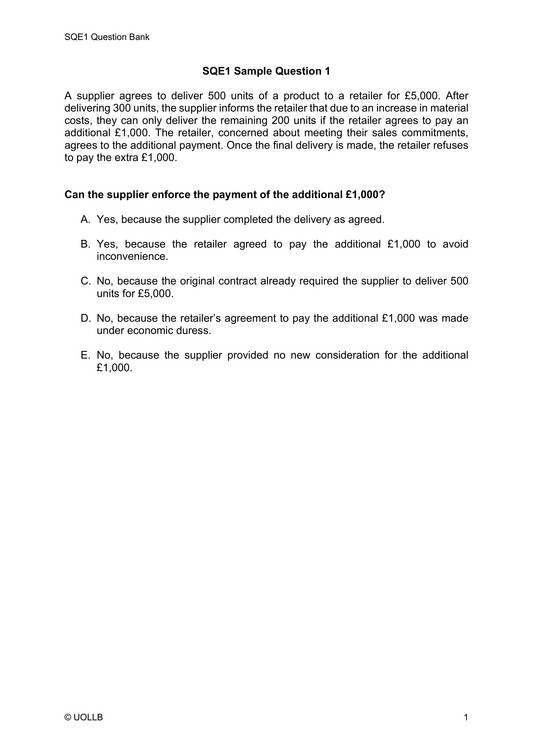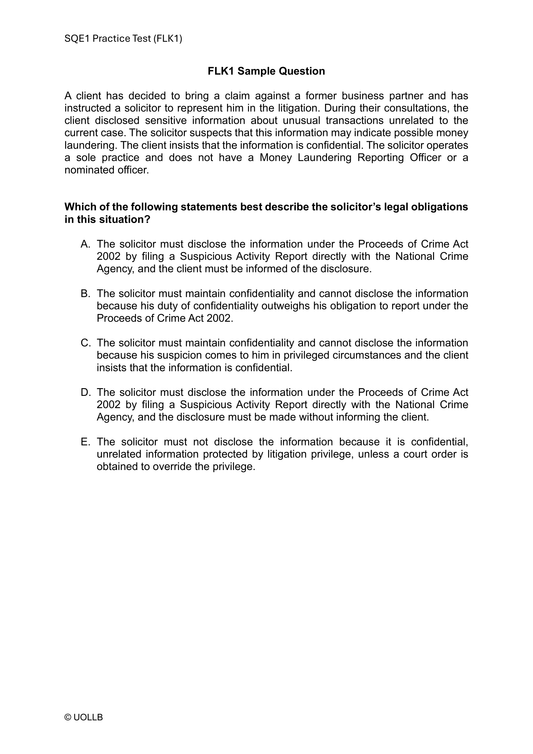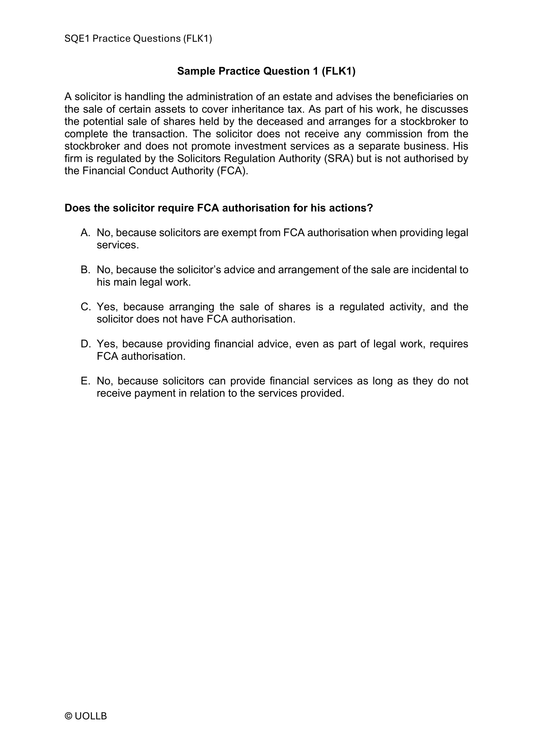Multistate Bar Exam
Share
The Multistate Bar Exam (MBE) is a standardised, multiple-choice test that is administered as part of the bar exam in the United States. The MBE is developed and administered by the National Conference of Bar Examiners (NCBE), and is used by most states as a component of their bar exam.
The MBE consists of 200 multiple-choice questions that cover seven subjects, including Civil Procedure, Constitutional Law, Contracts, Criminal Law and Procedure, Evidence, Real Property, and Torts. The exam is typically administered over a six-hour period, with 100 questions administered in the morning and 100 questions in the afternoon.
The MBE is designed to test an individual's ability to apply legal principles to hypothetical fact patterns, and to analyse and reason through legal problems. The questions are presented in a variety of formats, including fact patterns followed by a series of questions, discrete legal principles, and scenarios that require the application of multiple legal rules.
Each question on the MBE is worth one point, and the exam is scored on a scale of 0-200. The scores are then reported to the jurisdiction in which the test-taker is seeking admission to the bar, along with other components of the bar exam.
While the MBE is just one component of the bar exam, it is a crucial part of the exam, as it tests an individual's knowledge and understanding of fundamental legal principles. In addition to the MBE, the bar exam may also include other components, such as the Multistate Essay Exam (MEE) and the Multistate Performance Test (MPT), which test an individual's writing and practical skills, respectively.
The MBE consists of 200 multiple-choice questions that cover seven subjects, including Civil Procedure, Constitutional Law, Contracts, Criminal Law and Procedure, Evidence, Real Property, and Torts. The exam is typically administered over a six-hour period, with 100 questions administered in the morning and 100 questions in the afternoon.
The MBE is designed to test an individual's ability to apply legal principles to hypothetical fact patterns, and to analyse and reason through legal problems. The questions are presented in a variety of formats, including fact patterns followed by a series of questions, discrete legal principles, and scenarios that require the application of multiple legal rules.
Each question on the MBE is worth one point, and the exam is scored on a scale of 0-200. The scores are then reported to the jurisdiction in which the test-taker is seeking admission to the bar, along with other components of the bar exam.
While the MBE is just one component of the bar exam, it is a crucial part of the exam, as it tests an individual's knowledge and understanding of fundamental legal principles. In addition to the MBE, the bar exam may also include other components, such as the Multistate Essay Exam (MEE) and the Multistate Performance Test (MPT), which test an individual's writing and practical skills, respectively.




























































